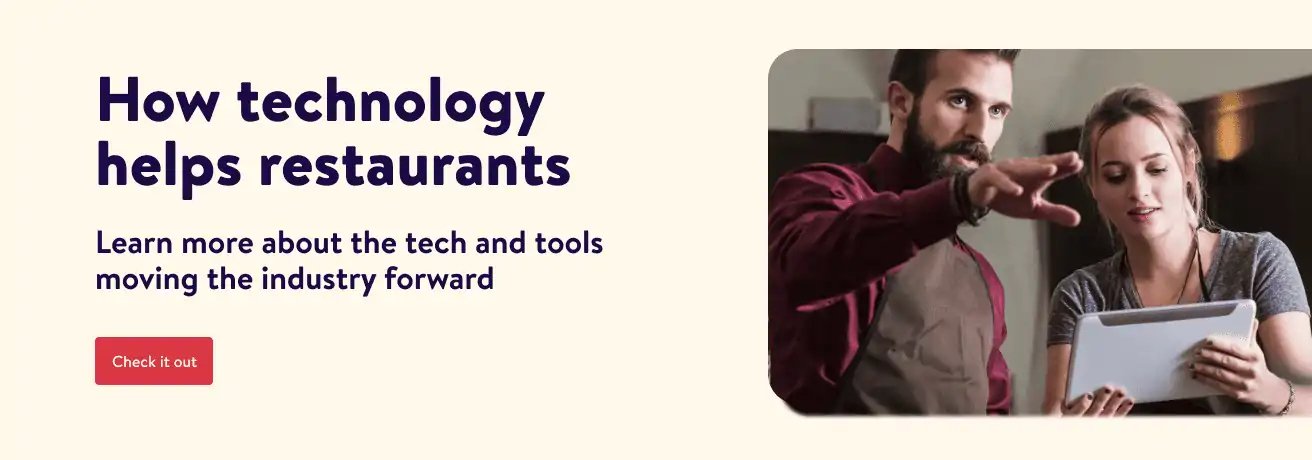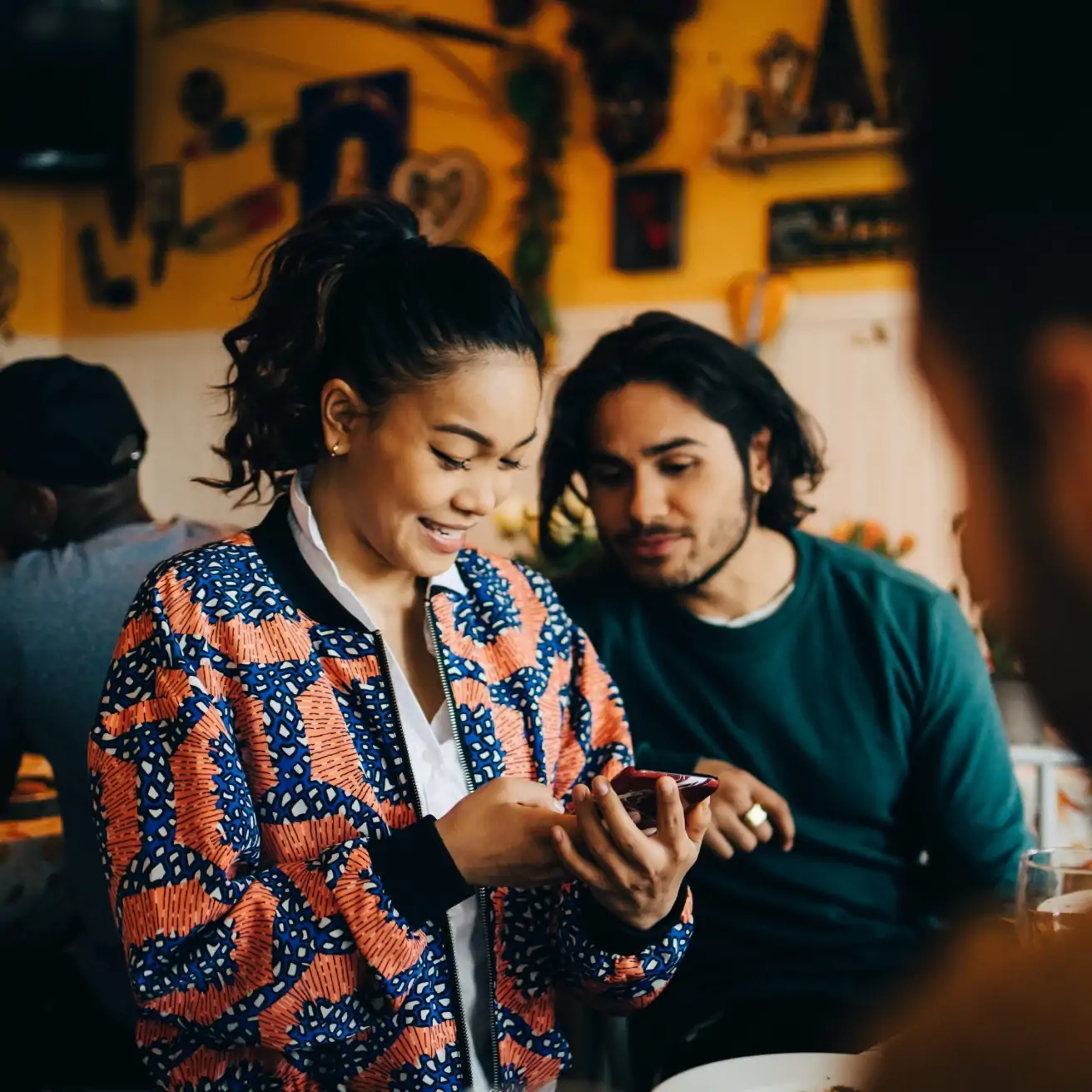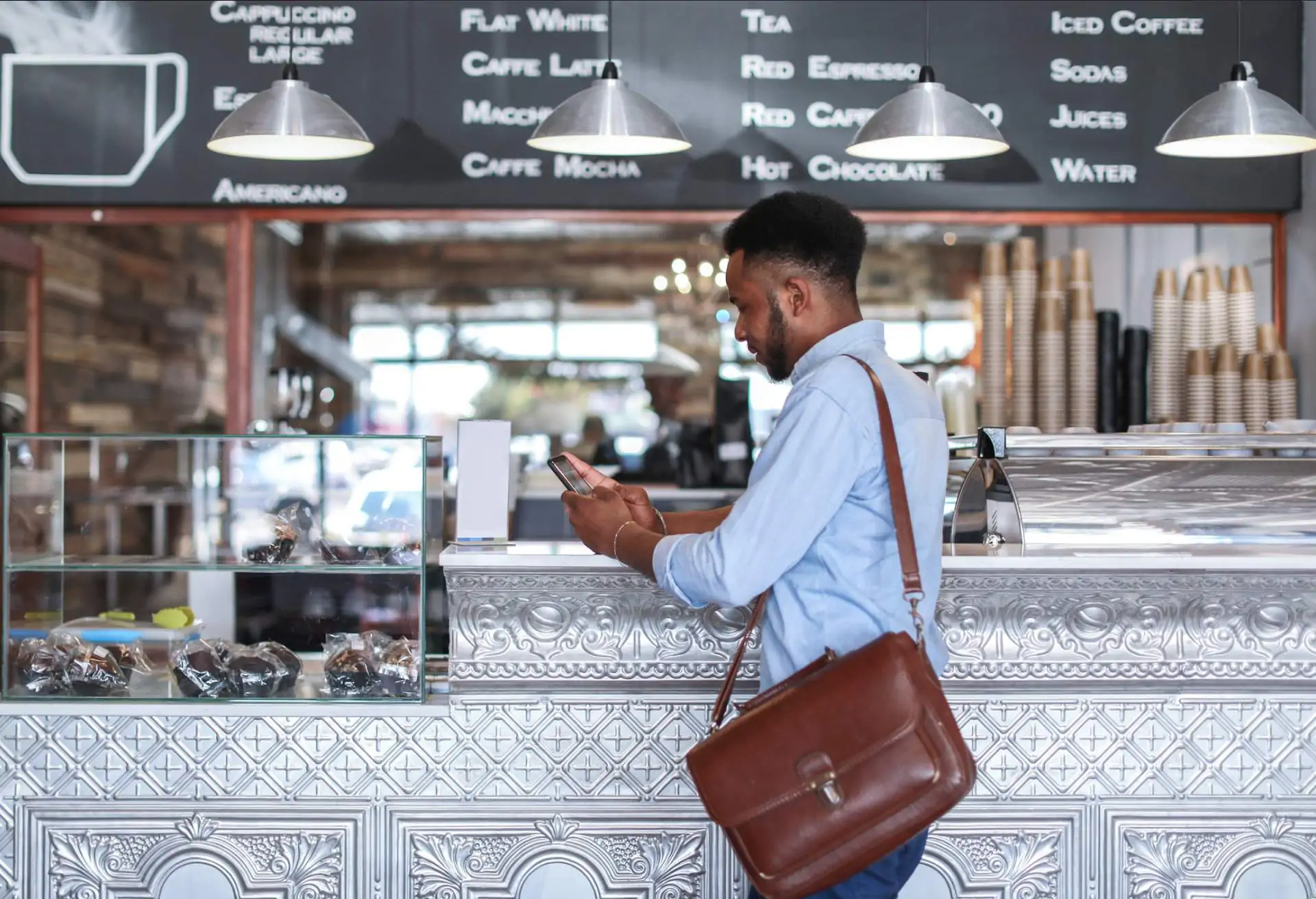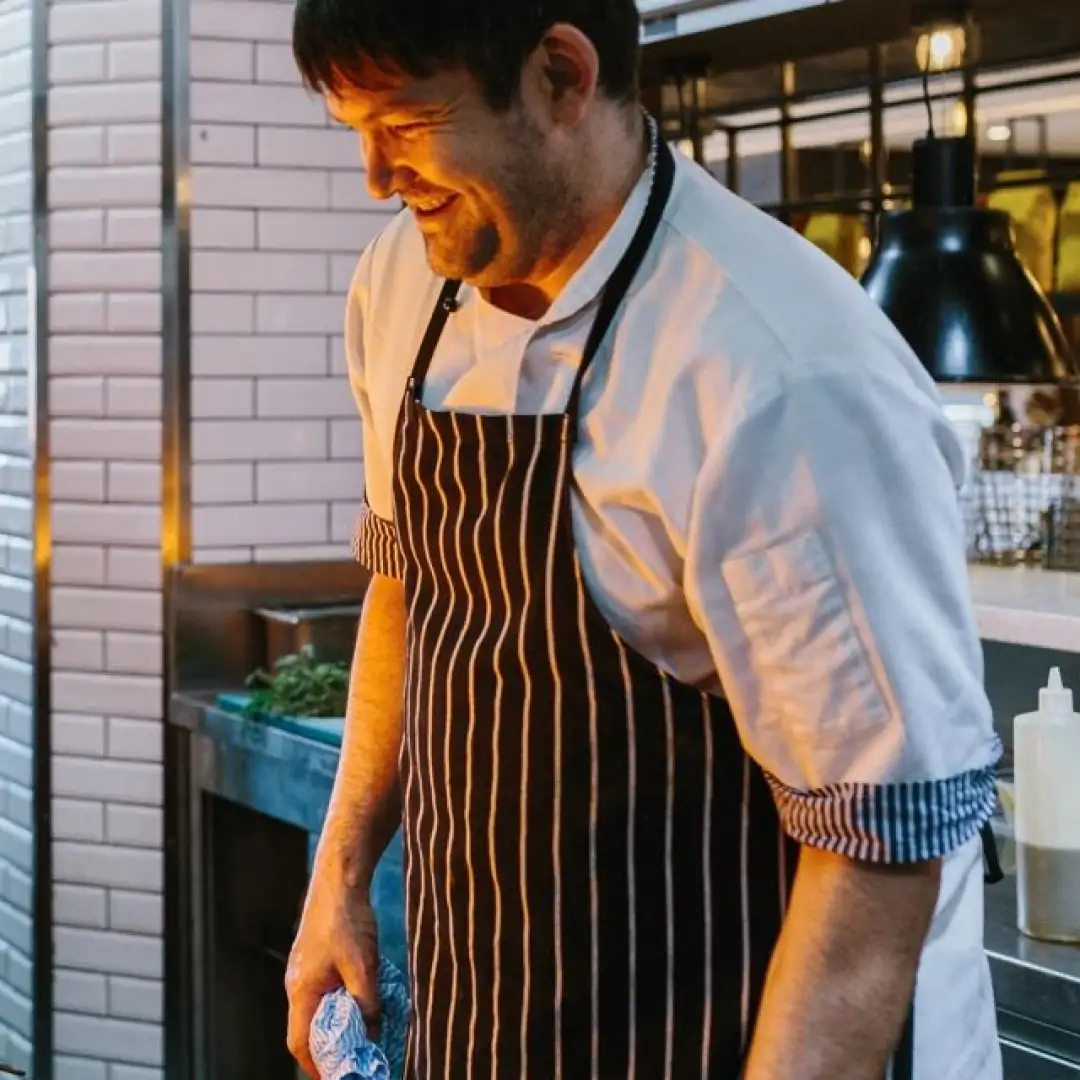With employees scarce on the ground, it’s more important than ever for restaurants to make operations ultra-efficient so things run smoothly with a lean team. That’s why digital ordering has fast become the new norm in 2023. It’s an easy way to increase efficiency while giving people what they want.
After all, 61% of diners said that they want contactless payment, ordering, and menus in 2023 in OpenTable’s most recent survey. A Square report found that three in four restaurants plan on offering contactless ordering and payment options across all channels.
Yet picking the right solution that improves complex operations and can easily integrate out of the box is a painstaking process. The good news is you can now offer digital ordering with OpenTable—check out a few of the things it can do for you.
Empower your staff to do more
Digital ordering is a simple way to allow each server on your team to get more done in less time. Giving them a tool to serve more guests without compromising on a high level of hospitality and personalized service can significantly boost morale. Everyone likes the feeling of a job well done and satisfied guests.
The labor shortage has left many restaurants unable to serve their usual capacity in spite of the high demand. As a result, servers and diners alike often spend more time waiting than they should. Guests can find themselves waiting up to 90 minutes for a table, according to NBC News, and then waiting on a server to take their order, while servers may end up waiting for a table to clear out after settling their check. Digital ordering not only allows people to order takeout and delivery in advance, but provides them with the power to coordinate their own tab while seated in-house. This helps reduce turn times while the restaurant serves more people overall.
Digital ordering takes a lot of the unwelcome, awkward delays out of the equation. It frees servers up to run food quickly to more tables and to connect with guests by answering questions, fulfilling requests, and recommending additional menu items diners might enjoy, such as after-dinner drinks and dessert.
In 2023, digital ordering is almost like having an extra pair of skilled hands in the dining room. Plus, when diners can directly place their orders using their phones, the risk of things getting lost in translation drops significantly. It cuts down on order errors, which decreases costly food waste and makes diners happier.
Maximize your kitchen and venue potential
Since efficiency is essential, start thinking about offering different menus, especially if you have multiple dining areas. With digital ordering, you can allocate bar tables to the bar menu and patio tables to an outdoor menu. Don’t feel constrained to run a single playbook or deliver a one-size-fits-all dining experience. The locations and attributes of these different areas likely mean different menu items work best. This helps strategically manage food prep and makes services faster, speeding turn times. You can also tweak the menus available based on your real-time staffing resources.
It’s also possible to offer limited menus (such as a drinks-only menu) in areas that aren’t right for normal seating. For example, you can’t set up tables in your foyer or in places that are too far away from the action to make taking food orders feasible for servers. In these zones, guests can utilize digital ordering to request drinks, appetizers, to-go items, or whatever you decide makes sense. This allows a restaurant to boost revenue while taking the heat off servers. Overall, digital ordering allows you to reimagine your space and make it work better for you at different moments so you optimize dining operations and avoid the opportunity cost of closed capacity
Digital ordering isn’t restricted to on-premise diners. It helps you bring your restaurant to people even when they want to enjoy your food from home or the office. It makes takeout and delivery more visible because these options appear right on your OpenTable profile. Guests see everything you have to offer at a glance.
In 2023, the ordering experience itself is another way diners interact with your restaurant’s brand. You can customize the digital ordering site with your restaurant’s recognizable branding, complete with all the images, fonts, colors, and wording your brand includes. That’s a big improvement over what happens when a diner uses another one of the currently popular services, where the app’s branding is front and center and your branding is nested inconspicuously beneath theirs.
Know more about your guests than ever before
Having the details of your guests’ preferences in your guestbook can yield insights on how to make them happy and bring them back again and again. Little things (like knowing if someone prefers white or red wine) can mean a lot to people, which is how this kind of data builds loyalty.
Without digital ordering, a walk-in guest can remain fairly anonymous and whatever you learn about them during their visit can’t necessarily be effectively captured. But when walk-in diners use digital ordering, it automatically creates a new guest profile or attaches them to their existing profile. If a guest arrives and is put into the system as “John Blue Jacket,” digital ordering, which prompts guests to enter their phone number or email address, ensures he’ll be connected with “John Smith,” who already has a guest profile.
All guest notes can be collected, organized, and used in the future to offer more personal hospitality. For example, when VIP and repeat guests use online digital ordering, the front-of-the-house staff can review what they’ve ordered in the past. This enhances the guest’s experience because servers can make better recommendations or know exactly what little extra the kitchen could send out to delight them. At the same time, it helps managers better understand guest spending and ordering.
This information can help you stay connected with guests after their visit as well. You can use the information you gleaned from digital ordering to send more personalized marketing emails. For example, if you’ve learned a guest loves craft beer, you can reach out to tell them about an upcoming beer dinner or rare keg release. When you can capture these personal details, it becomes easier to send them emails relevant to their interests and keep them coming back in 2023 and in the future.
Review powerful insights
When you capture orders via online ordering, it provides valuable data that can help restaurateurs understand trends as they emerge and spot areas for improvement before problems develop.
Clearly, this information helps offer the best service possible even in less than ideal staffing conditions, but it also benefits the bottom line. In 2023, the centralized view of digital ordering data provides a deep understanding of what people want. Over time, you can use this information to confidently drop underperforming items from the menu. You can also drill down deeper into best-loved dishes by tracking details like how often it’s ordered according to visit type. These findings can help you optimize the menu to maximize guest happiness and profits while minimizing food waste. You can even use this intel to shape your marketing strategy.
On the surface, giving diners a way to order their food on their phones seems like a small thing. But between freeing up servers to get more done and giving guests more of what they want, the benefits can be a big deal.
Maximize your business with digital ordering. Get started with OpenTable today.





